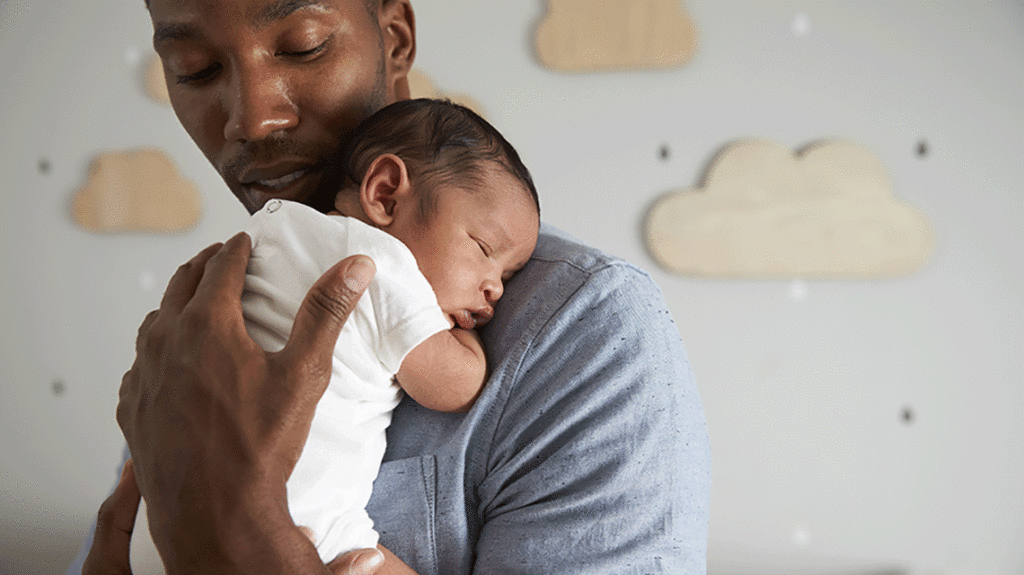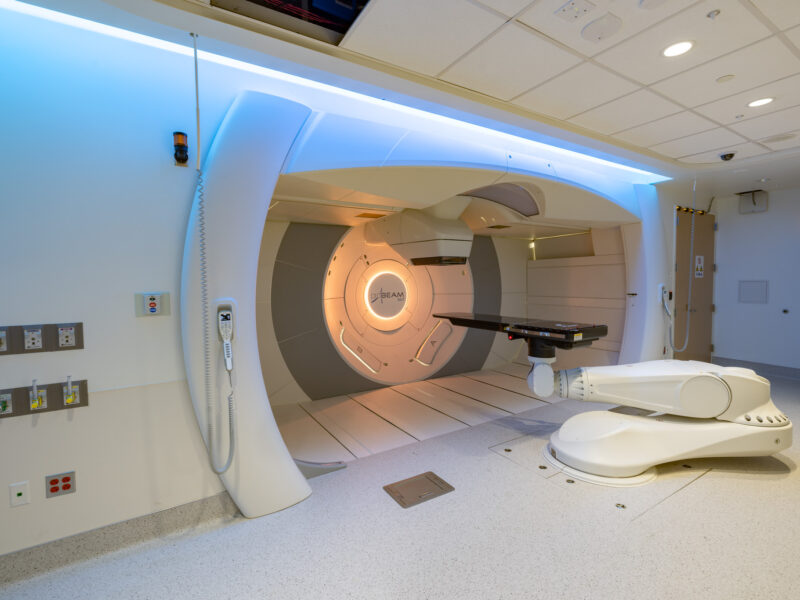Fertility Concerns in Boys and Men With Sickle Cell Disease
Fertility Concerns in Boys and Men With Sickle Cell Disease https://pediatricsnationwide.org/wp-content/uploads/2020/01/AdobeStock_144860523.gif-father-child-header-1024x575.gif 1024 575 Mary Bates, PhD Mary Bates, PhD https://secure.gravatar.com/avatar/c6233ca2b7754ab7c4c820e14eb518c8?s=96&d=mm&r=g- August 08, 2023
- Mary Bates, PhD

Sickle cell disease and its treatments may impact fertility, but more research is needed to help counsel this population.
Sickle cell disease (SCD) affects approximately 100,000 Americans, most of whom belong to underserved, minority populations. Advances in disease-modifying therapies, such as hydroxyurea, have led to better clinical outcomes. However, as more individuals with SCD survive into adulthood, the long-term effects of the disease and its treatments on fertility and reproductive health are coming into focus.
In a new commentary, researchers from Nationwide Children’s Hospital review recent evidence regarding fertility concerns and research gaps in boys and men with SCD and highlight the emerging clinical and ethical issues relevant to male adolescents with SCD.
Some research suggests that adolescent boys and men with SCD may have abnormal semen parameters, and treatments such as stem cell transplantation and hydroxyurea may also impact fertility. However, studies have not systematically examined fertility outcomes in men with SCD.
Given these knowledge gaps, clinicians may wonder if and how to best counsel adolescent boys with SCD and their families on the potential fertility impacts of SCD and its treatments.
“We hope to emphasize that the best approach is to have transparent conversations about fertility with adolescents and their parents, explaining what we know, what we don’t know, and what we are hoping to learn,” says Leena Nahata, MD, a pediatric endocrinologist and founder and medical director of the Fertility and Reproductive Health Program at Nationwide Children’s, and lead author of the commentary.
Research indicates that more than 80% of adolescent boys with SCD are interested in having biological children in the future and were unaware of the potential fertility impacts of their disease and treatments. Preliminary evidence suggests hydroxyurea may negatively affect sperm concentration and quality, but this has not been well-studied in adolescents. At this time, it is unclear whether semen parameters may improve if hydroxyurea is temporarily discontinued, and also whether this practice should be considered in adolescents to facilitate sperm banking. In addition, there are many practical and logistical barriers to implementing fertility testing and sperm banking in this population, such as the lack of insurance coverage for these practices.
Dr. Nahata and colleagues highlight the need for prospective, longitudinal studies to inform clinical practice guidelines and optimize reproductive and psychosocial outcomes.
“We must also advocate for insurance coverage for interventions such as semen analysis and sperm banking,” says commentary co-author Susan Creary, MD, a pediatric hematologist and principal investigator in the Abigail Wexner Research Institute at Nationwide Children’s. “Particularly with all the disparities this population already faces, it is not practical to say that these families should pay for all the costs involved with fertility preservation.”
“We know from research in other pediatric populations, notably cancer survivors, that youth want to learn about potential fertility impairment and be included in discussions and decisions regarding fertility preservation,” says Dr. Nahata, who is also an associate professor of clinical pediatrics at The Ohio State University College of Medicine.
“The importance of timely and comprehensive fertility counseling is now emerging as a priority for adolescent patients with SCD, as well.”
Reference:
Nahata L, Quinn GP, Strouse JJ, Creary SE. Addressing fertility in adolescent boys with sickle cell disease: emerging clinical and ethical dilemmas. Blood Adv. 2023 May 8:bloodadvances.2023010292. doi: 10.1182/bloodadvances.2023010292. Epub ahead of print.
Image credit: Adobe Stock
About the author
Mary a freelance science writer and blogger based in Boston. Her favorite topics include biology, psychology, neuroscience, ecology, and animal behavior. She has a BA in Biology-Psychology with a minor in English from Skidmore College in Saratoga Springs, NY, and a PhD from Brown University, where she researched bat echolocation and bullfrog chorusing.
-
Mary Bates, PhDhttps://pediatricsnationwide.org/author/mary-bates-phd/December 27, 2016
-
Mary Bates, PhDhttps://pediatricsnationwide.org/author/mary-bates-phd/
-
Mary Bates, PhDhttps://pediatricsnationwide.org/author/mary-bates-phd/
-
Mary Bates, PhDhttps://pediatricsnationwide.org/author/mary-bates-phd/
- Posted In:
- Clinical Updates
- In Brief
- Research






